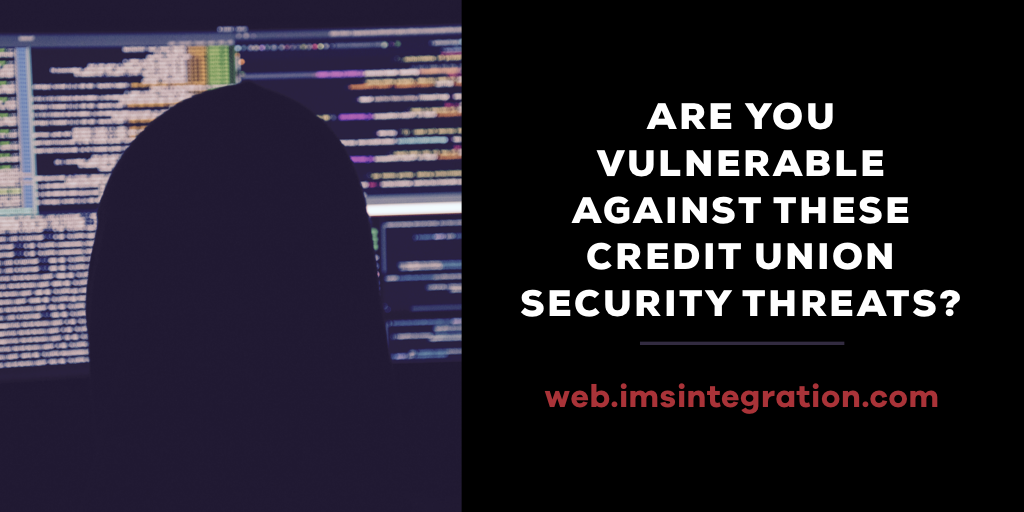The financial services industry is one of the top targets of cyber criminals around the globe due to the sensitive and valuable financial data that institutions store. Hackers either commit cyber fraud themselves or sell stolen information to third-parties because of the significant potential for financial gain. What is most troubling is that year by year, cyber criminals commit new and increasingly sophisticated attacks, such as data breaches, malware threats, card breaches and phishing attempts. Take a look at some of the most common security threats that banks and credit unions are exposed to:
Malware
 According to the 2019 State Of Malware Report by Malwarebytes, business detections of malware rose a shocking 79% over the last year primarily due to the increase in backdoors, miners, spyware, and information stealers. Once a system is infected, the malware looked for instances where users logged into their bank accounts or provided financial details on a website, stole that data, and then sent it back to the server. It affects both employees and customers of financial institutions nationwide.
According to the 2019 State Of Malware Report by Malwarebytes, business detections of malware rose a shocking 79% over the last year primarily due to the increase in backdoors, miners, spyware, and information stealers. Once a system is infected, the malware looked for instances where users logged into their bank accounts or provided financial details on a website, stole that data, and then sent it back to the server. It affects both employees and customers of financial institutions nationwide.
Insider Crime
Disgruntled employees or former staff can release valuable security information and compromise your system and data security. Many cyber criminals are also increasing their efforts to bribe employees and entice them give up their login credentials or other valuable user data, allowing them to directly access a financial institution’s internal system.
Insufficient Third-Party Vendor Security
Even if your credit union has the most robust security systems and policies in effect to protect itself and your customers from cyber attacks, your third-party vendors may not have the same level of security. This is why it is crucial that the third-party providers you choose value diligence and security as much as you do. This lack of security creates a significant vulnerability for your credit union and risks compliance issues with the Federal Financial Institutions Examination Council.
Employees’ Lack Of Security Expertise
One of the most common reasons why data breaches occur is because of social engineering or preying on an employee’s lack of training in cybersecurity. A shortage of qualified cybersecurity staff or limited IT capabilities also hinder proper cyber defense against hackers. Employee training is crucial for credit unions to address vulnerabilities and ensure that staff at all levels understand their responsibilities in protecting the institution. If this knowledge gap isn’t resolved, banks and credit unions will continue to struggle to efficiently handle cybersecurity threats.
IMSI never compromises on cybersecurity — your other third-party vendors shouldn’t either. To sufficiently protect against cyber crime, ensure that all devices on your network have the right firewall protections, updated antivirus software, and that all patches are updated. Building an effective security foundation requires adding preventive, detective and responsive layers to your IT security strategy. Being proactive in protecting your customers’ data is always less costly–in both reputation and finances–than becoming a victim to cyber crime.




